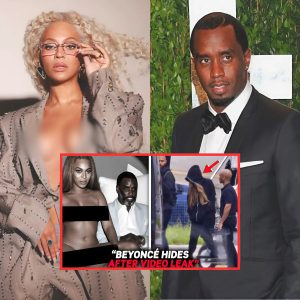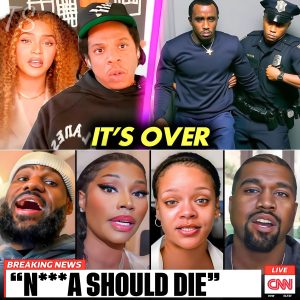‘See You Again’ Overtakes ‘Gangnam Style’ on YouTube: A New Era in Viral Music Videos
In the ever-evolving landscape of online music, one milestone after another marks the path of popular culture. On July 10, 2017, another significant shift occurred when the music video for “See You Again” by Wiz Khalifa featuring Charlie Puth surpassed PSY’s “Gangnam Style” on YouTube to become the most viewed video on the platform. This moment marked the end of an era dominated by PSY’s viral sensation and ushered in a new chapter in the history of online music.
Th e Rise of ‘Gangnam Style’
e Rise of ‘Gangnam Style’
“Gangnam Style” by South Korean rapper PSY was released in July 2012 and quickly became a global phenomenon. The song’s catchy tune, combined with its quirky dance moves and satirical take on the lavish lifestyle associated with the Gangnam District in Seoul, struck a chord with audiences worldwide. By December 2012, the music video had made history as the first YouTube video to reach one billion views, a feat that seemed almost unthinkable at the time.
For nearly five years, “Gangnam Style” held the title of the most-viewed video on YouTube. Its dominance was a testament to the power of the internet in shaping global pop culture and highlighted the growing influence of South Korean music and entertainment, often referred to as the “Hallyu Wave.” The video’s impact was so profound that it not only boosted PSY’s career but also set the stage for other K-pop acts to achieve international recognition.
‘See You Again’ – A New Contender
“See You Again,” released in March 2015 as part of the soundtrack for the movie Furious 7, quickly became a massive hit. The song was written as a tribute to the late actor Paul Walker, who tragically passed away in a car accident in 2013 before the film was completed. The emotional connection that fans of both the film franchise and Walker felt toward the song played a significant role in its widespread appeal.
The music video for “See You Again” featured scenes from Furious 7, particularly the tear-jerking final moments that bid farewell to Walker’s character, Brian O’Conner. The song’s heartfelt lyrics, combined with Charlie Puth’s soulful vocals and Wiz Khalifa’s poignant rap verses, resonated deeply with listeners around the world. It became an anthem of remembrance and tribute, not only for Walker but for anyone who has lost someone dear.

The Historic Overtake
On July 10, 2017, the music video for “See You Again” officially overtook “Gangnam Style” to become the most viewed video on YouTube, a position it held until it was eventually surpassed by other viral hits. The video’s success was driven by the emotional connection it fostered, its association with the immensely popular Fast & Furious franchise, and its widespread appeal across different demographics.
The achievement of “See You Again” symbolized the changing dynamics of online music consumption. Unlike “Gangnam Style,” which was primarily a viral sensation fueled by its quirky and fun appeal, “See You Again” tapped into the emotional and sentimental aspects of music, proving that deeply personal and heartfelt songs could resonate just as powerfully on a global scale.
The Impact on YouTube and Pop Culture
The success of “See You Again” over “Gangnam Style” marked a significant moment in YouTube’s history. It highlighted the platform’s role as a major player in the music industry, where the number of views on a video could rival traditional metrics like album sales and radio play in determining a song’s success. The shift from the lighthearted and playful nature of “Gangnam Style” to the emotional depth of “See You Again” also reflected a broader trend in music, where songs that convey deep emotion and meaning often resonate more deeply with audiences.
This milestone also underscored the importance of storytelling in music. While “Gangnam Style” captivated audiences with its humor and dance, “See You Again” did so with its narrative of loss and remembrance. It showed that music videos are not just about entertainment but can also be a powerful medium for conveying emotions and messages that resonate across cultures and languages.

Conclusion
The moment when “See You Again” overtook “Gangnam Style” on YouTube was more than just a passing of the torch between two viral hits. It represented a shift in the cultural landscape, where music’s ability to evoke emotion and tell a story became just as important, if not more so, than its capacity to entertain. While “Gangnam Style” will always be remembered as a pioneering force in viral music, “See You Again” will be cherished as a song that brought people together in moments of shared grief and celebration. This transition marked the beginning of a new era on YouTube, one where music videos continue to break barriers and connect with audiences on a deeply personal level.





